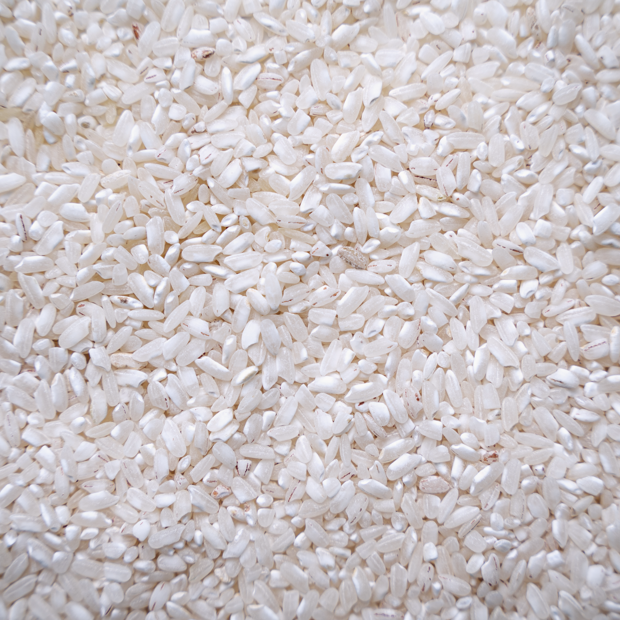
Rice Mills
Visual inspection of rice is essential for maintaining quality and efficiency in processing by detecting defects such as heat damage, immature kernels, discoloration, and broken grains, ensuring only high-quality rice reaches consumers. Additionally, it helps identify different rice varieties, optimize milling yield, and prevent contamination, making it a critical step in achieving consistency and meeting industry standards.
Visual inspection is essential in rice mills where polishing and unhulling take place, ensuring high-quality rice for consumers and food industries. During the unhulling process, the outer husk is removed to produce brown rice, and visual inspection helps identify any remaining husks or foreign materials that could affect processing efficiency. AI-powered imaging can detect paddy rice, allowing for precise adjustments to optimize the dehusking process and minimize waste.
In the polishing stage, rice undergoes further refinement to achieve a smooth, uniform appearance. Visual inspection ensures that the rice is polished evenly, preventing over-processing that could lead to excessive breakage or loss of valuable nutrients. AI-driven analysis identifies a range of defects, including heat-damaged, immature, stained, chalky, and cracked kernels, ensuring only high-quality grains move forward in processing. Additionally, AI technology determines milling yield by detecting broken kernels, providing valuable insights into efficiency and helping mills optimize their operations for maximum output.
Another critical aspect of rice inspection is identifying different rice types within a batch. Mixing different varieties can affect cooking properties, texture, and overall quality. AI-powered systems can classify rice types based on grain size, shape, and color, ensuring that only the correct variety moves forward in processing. This is particularly important for specialty rice products, where consistency is key to meeting consumer expectations.
By automating visual inspection, rice processors can improve efficiency, reduce manual labor, and enhance the final product’s appearance and market value.


